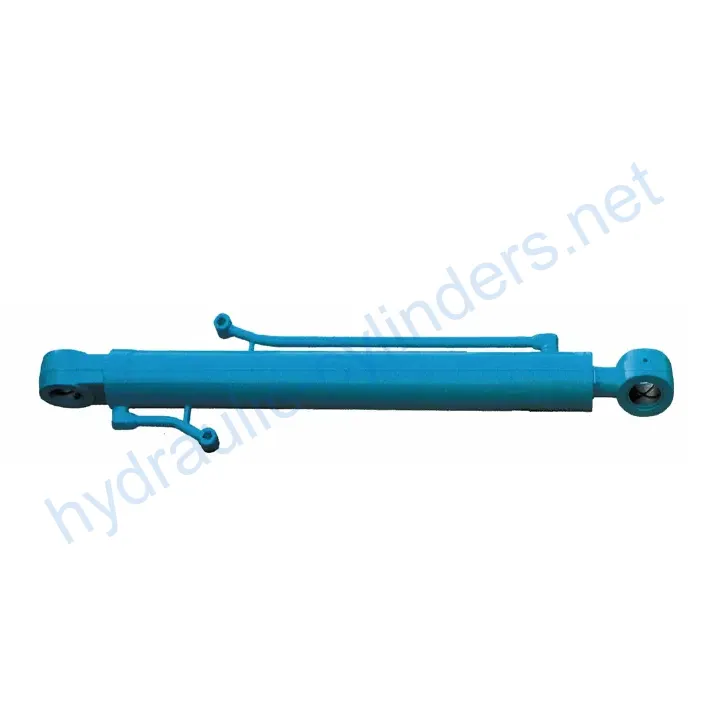Boom Cylinder For Pengpu SW240E
As one of the hydraulic cylinders manufacturers, suppliers, and exporters of mechanical products, We offer hydraulic cylinders and many other products.
Please get in touch with us for details.
Mail:sales@hydraulic-cylinders.net
Manufacturer supplier exporter of hydraulic cylinders.
Boom Cylinder For Pengpu SW240E
Product Overview
The Boom Cylinder For Pengpu SW240E is an essential hydraulic component designed to control the movement of buckets in heavy machinery such as excavators, backhoes, and front loaders. This hydraulic cylinder enables the bucket to lift, lower, and tilt, facilitating efficient material handling tasks. Acting as a critical part of hydraulic systems, it converts hydraulic energy into mechanical motion, ensuring precise and powerful operation.
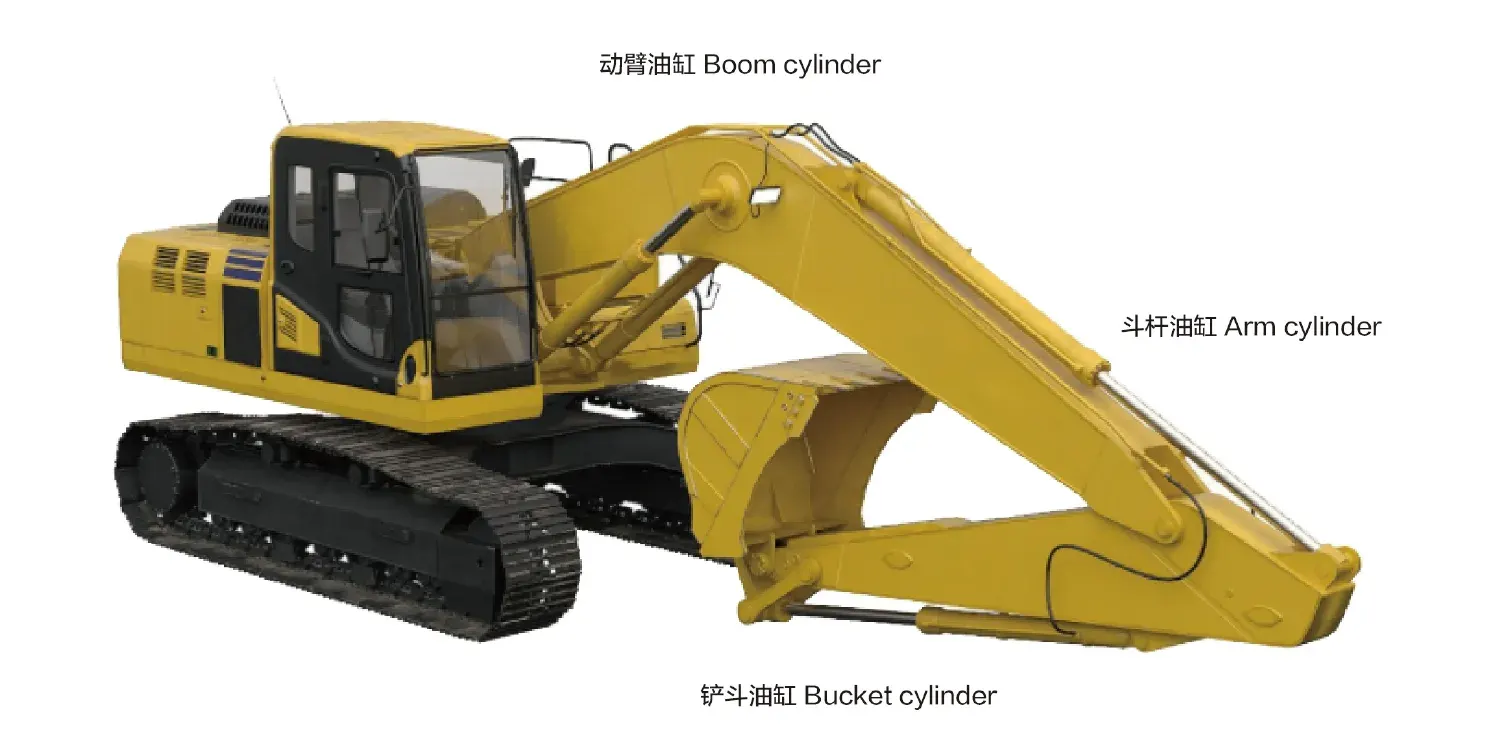
Understanding Bucket Cylinders
Bucket cylinders are hydraulic cylinders specifically designed for heavy equipment applications. They provide the necessary force to operate the bucket’s movements efficiently. By utilizing hydraulic oil under pressure, these cylinders achieve smooth and controlled actions, making them vital for construction and agricultural machinery.
Key Features
- High Strength and Durability: Constructed from high-strength steel or aluminum, the boom cylinder is designed to withstand high pressures and heavy loads, making it suitable for harsh working environments.
- Efficient Hydraulic Operation: The cylinder utilizes hydraulic pressure for smooth extension and retraction, allowing for rapid response to operator commands and providing significant pushing and pulling forces.
- Diverse Types: Available in single-acting and double-acting configurations, these cylinders cater to various operational requirements. Some models are telescopic, allowing for extended reach without increasing the overall size.
- Precision Engineering: Each boom cylinder is engineered for tight tolerances ensuring optimal functioning and longevity in demanding tasks.
- Customizable Options: We can produce this product tailored to specific applications or requirements, ensuring a perfect fit for your hydraulic systems.
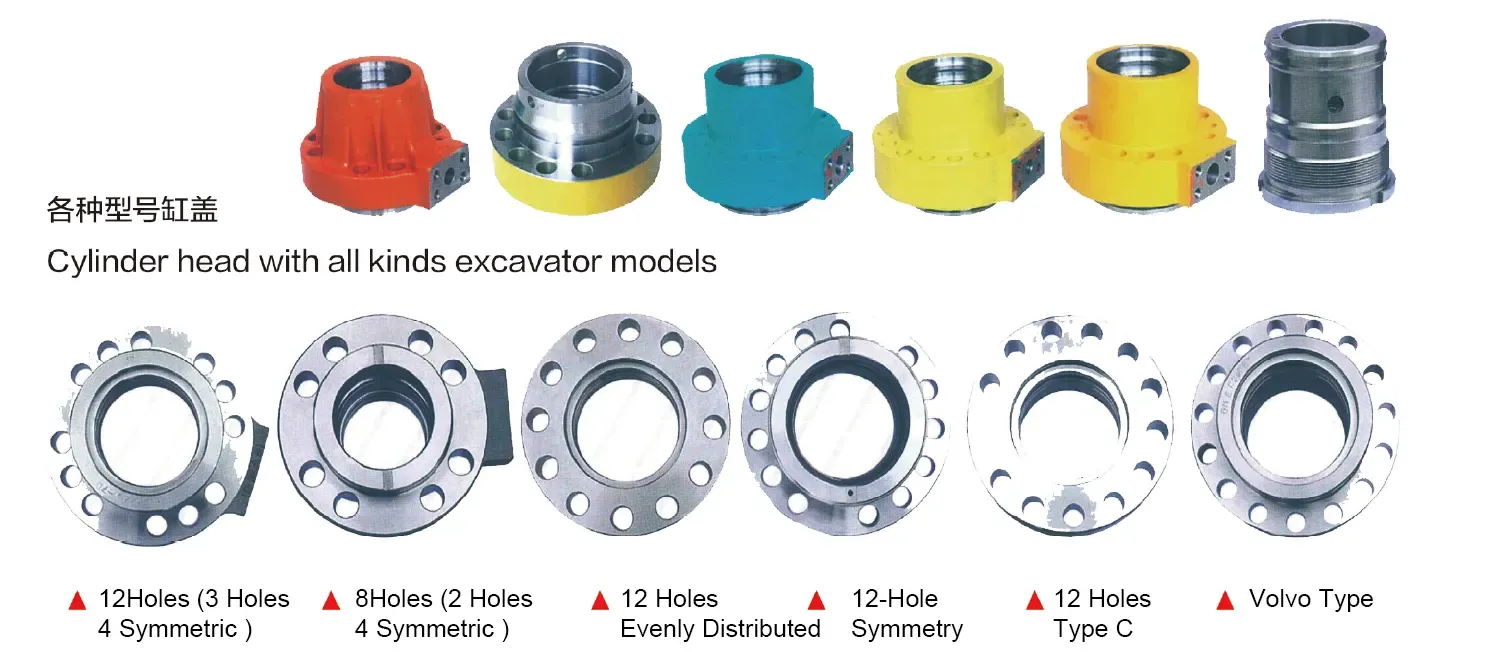
Applications
Construction Equipment
In excavators, boom cylinders are crucial for digging, loading, and transporting soil or debris. Their reliable operation allows for efficient performance when handling heavy materials. For backhoe loaders, these cylinders assist not only in excavation tasks but also in lifting operations, ensuring versatility and productivity on job sites.
Agricultural Machinery
Front-end loaders utilize boom cylinders for scooping, lifting, and transporting soil, hay, and other materials. These hydraulic cylinders enhance the performance of agricultural equipment, making tasks like loading and unloading crops more efficient.
Excavators
The boom cylinder enables the bucket to penetrate the earth, facilitating excavation processes. Its strength and reliability are vital for moving large volumes of soil swiftly and effectively.
Loaders
In front loaders, boom cylinders play a significant role in raising and dumping loads efficiently. Their design ensures that materials can be handled with ease, increasing overall productivity.
Design Considerations and Selection Criteria
Load Capacity
When selecting a boom cylinder, assessing its load capacity is crucial. Ensure that the cylinder can handle the maximum weight of the materials it will be working with. Overloading can lead to premature failure and safety hazards.
Sealing Integrity
A critical design feature is the sealing system. Proper seals prevent hydraulic fluid leaks, ensuring efficient operation and protecting the environment from contamination. Consider cylinders with high-quality seals made from durable materials.
Durability
Durability is essential for boom cylinders as they endure harsh working conditions. Choosing cylinders constructed from materials that resist wear, corrosion, and fatigue can significantly extend their lifespan.
Safety Features
Safety mechanisms, such as pressure relief valves and fail-safes, are vital in hydraulic cylinders. They prevent accidents and equipment damage by ensuring that the cylinder operates within safe limits.
Maintenance Accessibility
Designing for easy maintenance is important. Select cylinders that allow for straightforward access to components for inspection, cleaning, and repairs. This consideration can help minimize downtime and maintenance costs.

Sealing and Lubrication
The sealing systems in boom cylinders utilize various seals, including piston seals and rod seals, made from wear-resistant materials such as polyurethane and nitrile rubber. These seals prevent hydraulic fluid leaks and maintain system pressure. Additionally, the cylinder body and threaded ends undergo fine machining to enhance wear resistance. Regularly adding the appropriate hydraulic oil for lubrication is essential to ensure the longevity and efficiency of the cylinder.
Preventive Maintenance Measures
- Regular Inspection: Conduct routine checks for leaks and wear, ensuring all components are functioning correctly.
- Proper Lubrication: Maintain hydraulic fluid levels and ensure timely lubrication of seals and moving parts to prevent friction and wear.
- Seal Replacement: Inspect seals for wear and replace them as needed to maintain the cylinder’s integrity and performance.
Product Installation Guidelines
For proper installation of the boom cylinder, follow these steps:
- Ensure the workspace is clear and safe for installation.
- Use the appropriate mounting brackets to secure the cylinder in position, ensuring proper alignment with other hydraulic components.
- Connect hydraulic hoses according to the manufacturer’s specifications, ensuring no leaks in the fittings.
- Double-check all connections and alignments before activating the hydraulic system.
- Perform a test run to confirm proper operation and address any issues immediately.
Common Maintenance Tasks
- Regular Inspections: Frequent checks for leaks and wear can help catch issues before they escalate.
- Appropriate Lubrication: Keeping seals lubricated is crucial to prevent wear and prolong the life of the cylinder.
- Seal Replacement and Calibration: Regularly replacing seals and calibrating the cylinder ensures optimal performance and safety.
Safety Considerations and Environmental Factors
When using hydraulic systems, safety measures are of utmost importance. Ensure proper training for operators, and follow safety guidelines to prevent accidents. Additionally, consider the environmental impact of hydraulic fluids and strive to minimize leaks and spills, adhering to regulations and best practices.
Troubleshooting and Common Issues
- Leakage: Identify the source of leaks, which could be due to worn seals or damaged hoses. Replace seals and inspect hoses for integrity.
- Slow Operation: This could indicate low hydraulic fluid levels or blockage in hydraulic lines. Check fluid levels and ensure lines are clear.
- Unusual Noises: Noises may signal internal damage or low fluid. Investigate and address any concerns promptly.
Fault Handling Tips
To effectively diagnose and resolve issues, first, conduct thorough inspections to identify the problems. Employ preventive measures, such as maintaining proper fluid levels and regular maintenance, to reduce the risk of future problems.
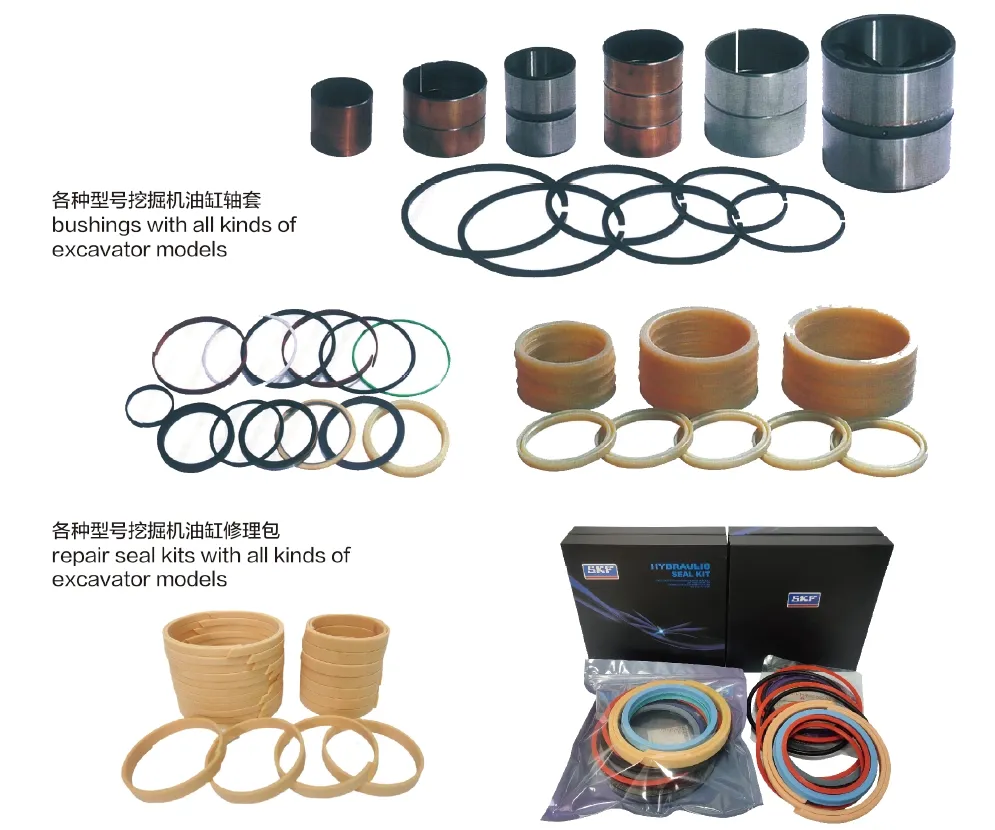
Company Overview
We are a leading manufacturer and wholesaler of replacement hydraulic cylinders, with a vast product range that has positioned us as a key player in both domestic and international markets. Our commitment to quality is backed by meticulous manufacturing management strategies, utilizing advanced technology, skilled personnel, and rigorous testing systems. We prioritize high efficiency, accuracy, and quality to meet diverse customer needs.
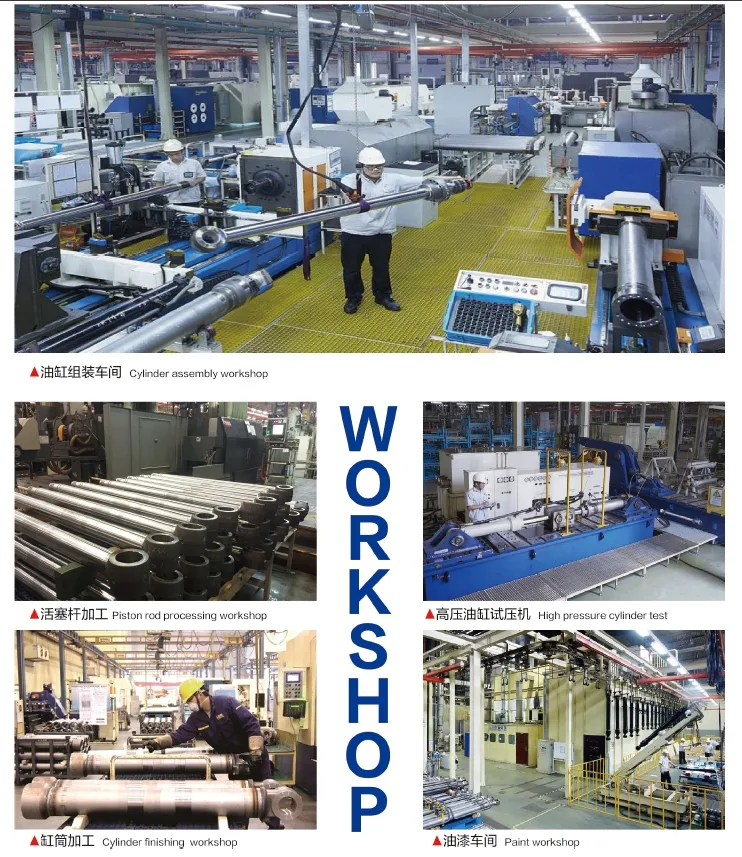
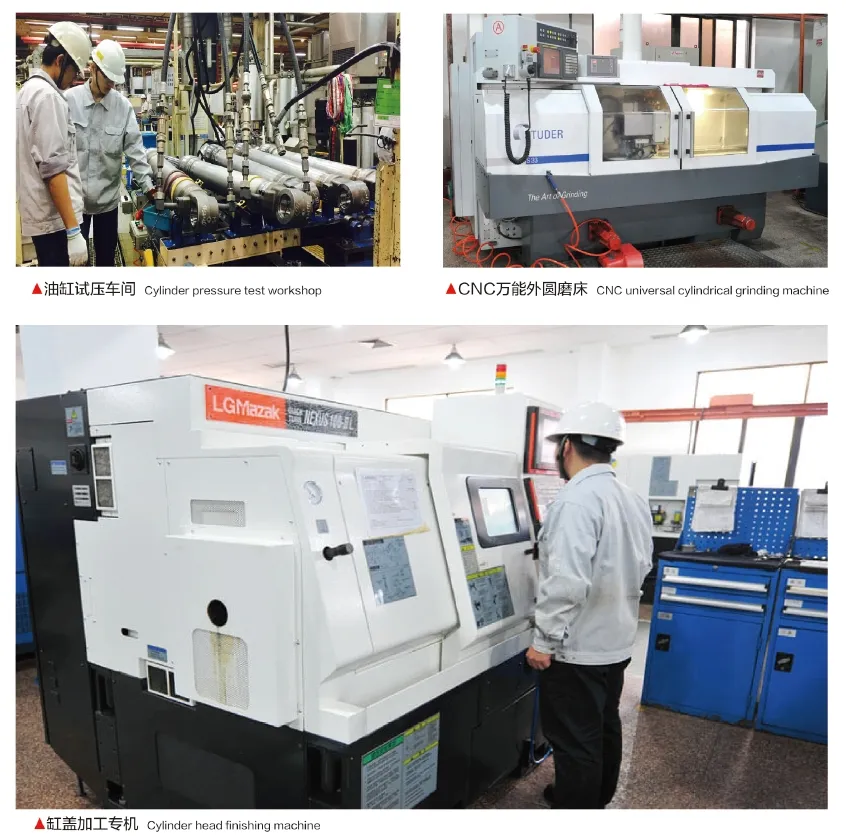
Our professionalism, international certifications, customized services, and exceptional after-sales support further underscore our commitment to excellence in hydraulic cylinder manufacturing.
Author: lyl
Take a Tour of Our VR Factory:
Take a tour of our VR factory with the following
Hydraulic Cylinder Application:


